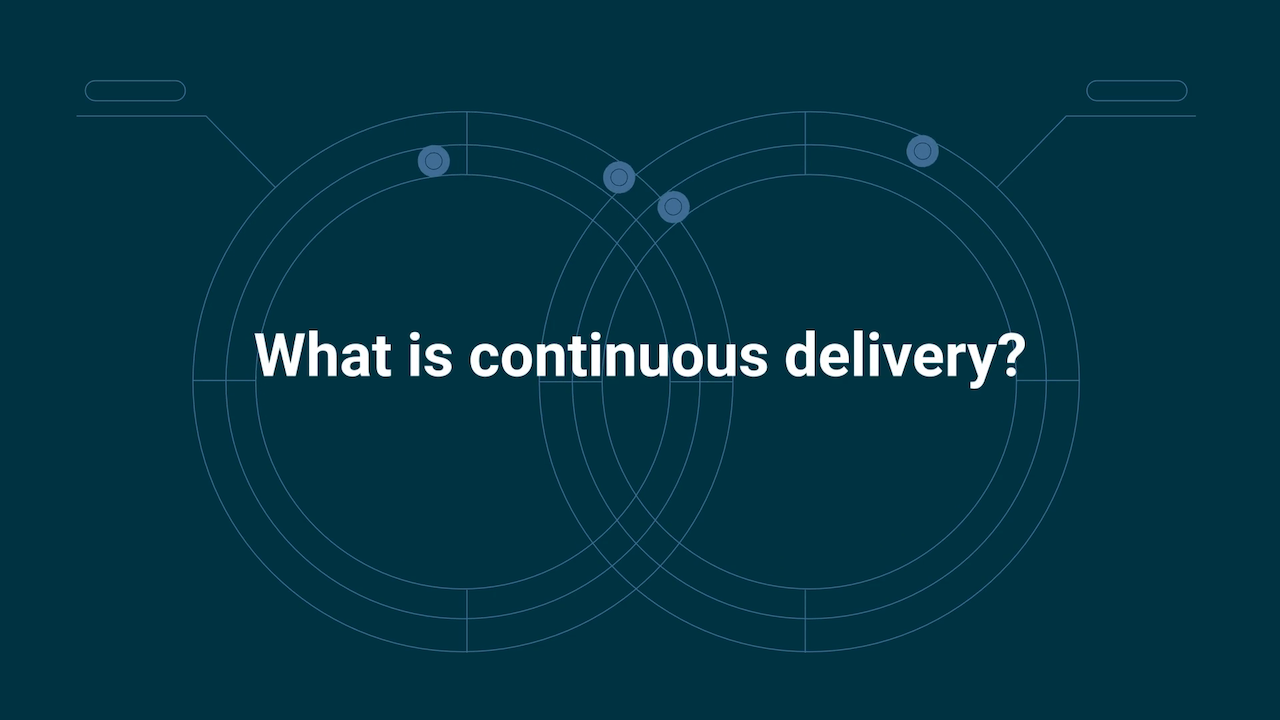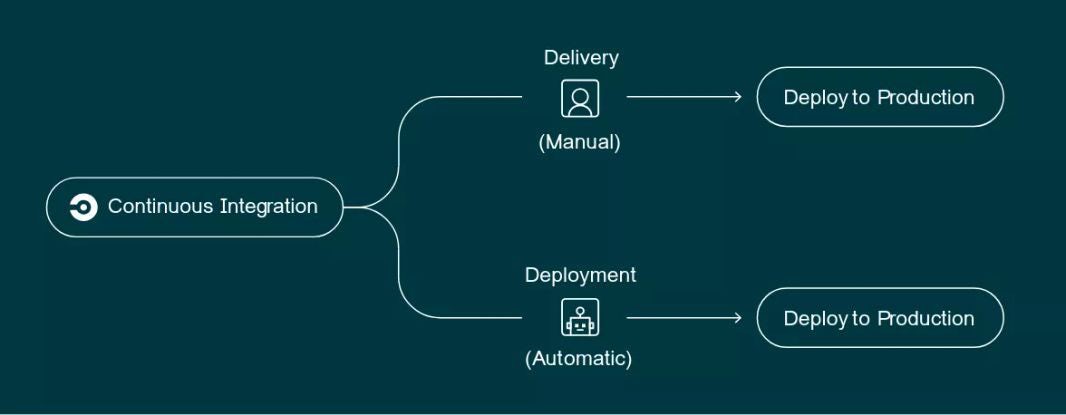What is continuous delivery (CD)?
Stay ahead of competitors and maintain a continuous flow of value with automated deployments.

What is continuous delivery?
Continuous delivery (CD) is a software development methodology that emphasizes automated testing, frequent code integration, and rapid deployment to reduce development cycle times. It enables software development teams to consistently deliver code changes to production with minimal manual intervention and promotes agility, collaboration, and reliable software releases.
A CD pipeline works by automating the entire process of deploying code changes. It builds on the principles of continuous integration (CI) to ensure that code can be released to production at any moment. Developers commit their code to a version control system, triggering automated tests and validations (the CI stage). If the code passes all tests, it’s automatically deployed to production or a staging environment (the CD stage). Combined, these two processes make up a CI/CD pipeline.
Continuous delivery vs. continuous deployment
Continuous delivery and continuous deployment are often used interchangeably, but there is a crucial difference in the extent to which the release process is automated: In continuous delivery, code changes are deployed to a staging environment but require manual approval to be released to users. In continuous deployment, code changes are deployed straight into production with no manual intervention.

The choice between continuous delivery and continuous deployment comes down to your organization’s risk tolerance, business objectives, and technical capabilities:
-
Organizations subject to strict oversight and compliance requirements may lean toward continuous delivery because it allows for more controlled and auditable releases.
-
Organizations that prioritize rapid feature delivery and are willing to accept slightly higher risk for faster time to market may opt for continuous deployment.
Teams that want to combine the speed and agility of continuous deployment with the additional control inherent in continuous delivery have a third option: progressive delivery. In progressive delivery, changes are automatically deployed into production but are hidden behind feature flags and gradually rolled out to a subset of users. This provides granular control over releases and gives teams an opportunity to gather real-world user feedback and performance data before a full release.
Benefits of continuous delivery
Software releases are notoriously complex, risky, and stressful. Keeping up with the pace of innovation depends on a robust CD pipeline.
Benefits of continuous delivery
| Faster time to market | CD accelerates software release cycles, allowing new features and bug fixes to reach users more swiftly. |
| Enhanced quality | Automated testing and validation in the CD pipeline reduce the likelihood of defects and ensure a more stable and reliable product. |
| Improved collaboration | CD fosters teamwork and transparency, encouraging cross-functional collaboration among development, testing, and operations teams. |
| Efficient issue identification | Early issue detection during development phases minimizes costly bug fixes in production. |
| Reduced downtime | Frequent and incremental releases reduce the risk of major outages and downtime, ensuring continuous availability for end-users. |
Your business can’t afford slow, unreliable releases; adopt CD to outperform your competitors.
Achieve these key business outcomes with CD
| Higher customer satisfaction | By delivering more frequent and reliable updates, CD enhances the user experience, leading to increased customer satisfaction and loyalty. |
| Reduced operating costs | Automation and efficient processes associated with CD lead to cost savings in development, testing, and deployment, as well as reduced downtime-related expenses. |
| Data-driven decision-making | CD generates data on feature performance and user behavior, enabling informed decisions about product development and strategy. |
| Improved developer happiness | Teams working with CD often experience greater job satisfaction due to reduced manual, repetitive tasks and a focus on delivering value. |
| Increased revenue | Rapid feature delivery and responsiveness to customer feedback can lead to revenue growth through increased sales, higher customer retention, and expanded market share. |
How CI and CD work together
Continuous integration and continuous delivery are complementary practices that work together to enhance the entire software development life cycle.
CI focuses on the frequent integration of code changes, automatically running tests to detect issues early in the development cycle. This ensures a codebase that remains stable and ready for deployment. CD builds on CI by automating the end-to-end delivery process, enabling automatic and reliable code deployments to various environments, including production.
Together, CI and CD create an efficient pipeline where code changes are continuously integrated, tested, and delivered, facilitating rapid and reliable software releases while maintaining code quality and stability. This collaborative approach improves development team productivity and ensures a consistent and predictable user experience.
Continuous delivery with CircleCI
CircleCI is the leading automation platform for world-class engineering teams. CircleCI supports continuous delivery practices by providing a robust platform and a set of features that enable development teams to automate and optimize their software delivery processes.
These CircleCI features support and enhance a robust CD pipeline
| Customizable workflows | Custom workflows in CircleCI allow you to define the stages and steps of your CD pipeline. You can set up workflows to automate the entire software delivery process, from building and testing to deployment and monitoring. |
| Version control integration | CircleCI seamlessly integrates with popular version control systems, bringing premium CI/CD capabilities to GitHub, GitLab, and BitBucket. |
| Infrastructure as code (IaC) | CircleCI can be used to automate the deployment of infrastructure changes alongside application code, promoting the principles of DevOps and IaC. |
| Deployment to multiple environments | CircleCI can automate deployments to various environments and cloud providers with customizable deployment strategies. |
| Monitoring and notifications | Keep track of build and deployment status through the CircleCI dashboard and receive notifications via various channels like email, Slack, and more. |
| Manual approval gates | Within your CD workflow, you can integrate manual approval gates. These gates require human validation before changes are promoted to production. They serve as a safety mechanism, ensuring that critical changes are reviewed and approved. |
| Parallelism | CircleCI supports parallel execution of jobs, enabling faster testing and deployment. This feature is essential for speeding up the CD pipeline, especially for projects with extensive test suites. |
| Artifact management | CircleCI allows you to store and manage build artifacts, making it easy to share and deploy compiled code, libraries, and assets to different environments. |